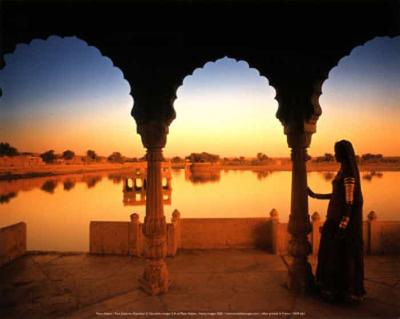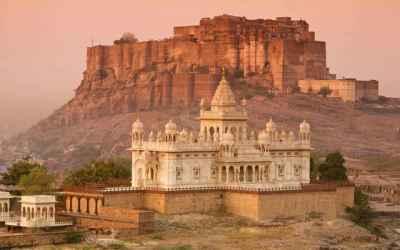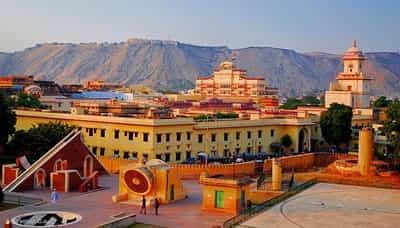Exploring the Indus Valley Civilization Sites in Rajasthan
The Indus Valley Civilization, also known as the Harappan Civilization, is one of the most ancient and advanced civilizations in the world. Flourishing around 2500 BCE, this civilization spread across a vast region encompassing present-day Pakistan, India, and Afghanistan. While the majority of its sites are located in Pakistan, there are a few remarkable remnants in the state of Rajasthan, India, which offer a fascinating glimpse into the past. In this blog post, we will explore some of the must-visit Indus Valley Civilization sites in Rajasthan.
1. Kalibangan
Kalibangan, located in Hanumangarh district, is one of the most important Indus Valley Civilization sites in Rajasthan. Discovered in 1951 by archaeologist B. B. Lal, this ancient city was inhabited from 2500 BCE to 1800 BCE. The site provides insights into the urban planning, architecture, and lifestyle of the Harappan people.
Visitors to Kalibangan can explore the remains of a citadel, lower town, a public bath, a granary, a fire altar, and residential areas. The museum at the site showcases a fascinating collection of artifacts found during excavations, including pottery, seals, jewelry, tools, and figurines.
2. Ganeshwar
Ganeshwar, situated in Sikar district, is another significant Indus Valley Civilization site in Rajasthan. Dating back to around 2500 BCE, this site was a major center of copper and bronze production. Archaeological excavations have revealed a well-planned settlement with evidence of metalworking, sculptures, and seals.
The most intriguing aspect of Ganeshwar is its ancient water conservation system. The site has several reservoirs, canals, and water channels, indicating the advanced engineering skills of the Harappan people in managing water resources.
3. Balathal
Located in Udaipur district, Balathal is an Indus Valley Civilization site that was occupied from around 2500 BCE to 1700 BCE. The excavations at Balathal have uncovered a fortified settlement with residential buildings, an assembly hall, and a marketplace.
One of the notable discoveries at Balathal is a circular stone monument, similar to the famous Kalibangan disc. The purpose of this stone monument remains a mystery, igniting speculation and intrigue among archaeologists.
4. Ahar-Banas Culture
Although not a specific Indus Valley Civilization site, the Ahar-Banas culture in Rajasthan is closely related to the Harappan civilization. The Ahar-Banas culture emerged around 2000 BCE and thrived until 1200 BCE. It is characterized by the continuation and evolution of many elements of the Harappan culture.
Excavations in the Ahar-Banas region have revealed ancient settlements, pottery, tools, and evidence of trade networks. The site also showcases the transition from the Harappan script to early Brahmi script, indicating the cultural amalgamation during that period.
Conclusion
Exploring the Indus Valley Civilization sites in Rajasthan is a remarkable journey through time. From the well-preserved remnants of Kalibangan to the advanced water management system of Ganeshwar, these sites offer a unique perspective on the ancient past. The Ahar-Banas culture further adds to the historical significance of Rajasthan. So, if you are a history enthusiast or simply curious about the roots of civilization, make sure to visit these captivating sites in Rajasthan.
Remember to share this blog post with your fellow travelers and history buffs, as these Indus Valley Civilization sites in Rajasthan deserve to be celebrated and appreciated.
Disclaimer : The information provided in this blog is for general informational purposes only. While we strive to keep the content accurate and updated, TravelSetu assumes no liability for errors or omissions. If you believe any part of this blog infringes your rights or causes concern, please notify us immediately at info[at]travelsetu[dot]com so that appropriate action can be taken.







